
This ribbon of sand on the Seychelles' third-largest island, La Dique, mixes salt-white and flamingo-pink sands to create one of the most photographed beaches in the world. A reef keeps the water calm for good snorkeling.
Highlight: Nearby restaurant Lanbousir offers local Creole dishes, including a tempting fruit-bat curry. DIY eaters can fix their own picnic with food from a supermarket just five minutes from the beach.
Highlight: Nearby restaurant Lanbousir offers local Creole dishes, including a tempting fruit-bat curry. DIY eaters can fix their own picnic with food from a supermarket just five minutes from the beach.
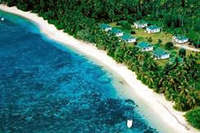


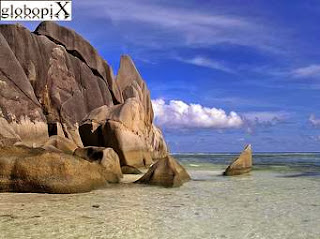



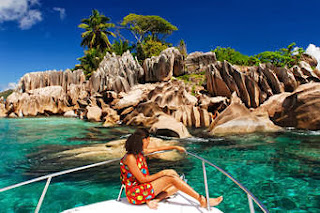

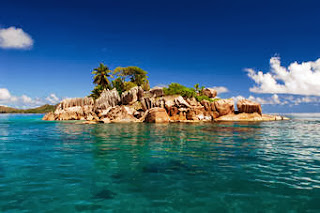

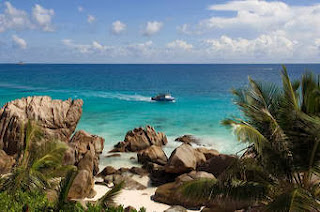


La Digue is the third largest inhabited island of the Seychelles, lying east of Praslin and west of Felicite Island. It has a population of about 2,000 people, who mostly live in the west coast villages of La Passe (linked by ferry to Praslin and Mahé) and La Réunion. There is no airport on La Digue; to get there from a different country, one has to fly to Victoria, take the ferry to Praslin and then take another ferry to La Digue. It has an area of 10 km², which makes it relatively easy to travel around on a bicycle. La Digue is named after a ship in the fleet of French explorer Marc-Joseph Marion du Fresne, who visited the Seychelles in 1768.
Today, the island's main industry is tourism, and it is known for its beaches, especially Anse Source d'Argent and Grand Anse. La Digue went through a major tourist increase in the previous century, which heavily impacted the economy of the Seychelles. In former times, copra and vanilla production were mainstays of the local economy, which is commemorated in the island's museum. Veuve Nature Reserve, in the island's interior, is home to the rare Black Paradise Flycatcher, of which there are only about 100 in existence. La Digue's tallest peak, Belle Vue (Eagle's Nest Mountain), is in the central part of the island, with a summit more than 300 m (980 ft) above sea level. La Digue is also visited for its wide variety of underwater creatures like fish, sharks and rays. The island has plenty of accommodation and activities to offer tourists. There are at least twenty guesthouses and hotels, a few restaurants and a dive centre. One can go on a boat trip or a diving trip around La Digue for one day or half a day. Furthemore, the Veuve reserve offers tourists a hiking trip with a guide who can show them the beauty of La Digue.
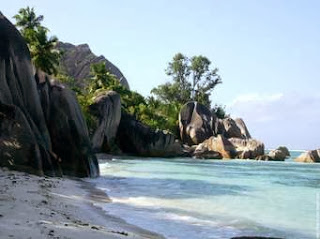

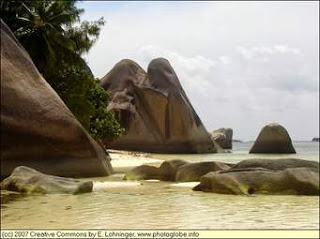



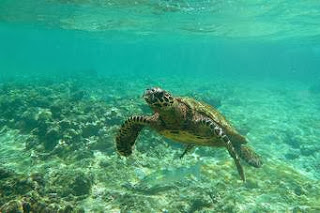
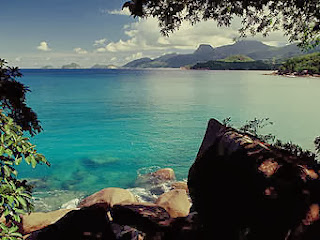


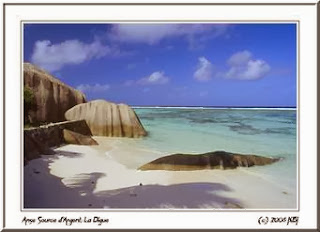
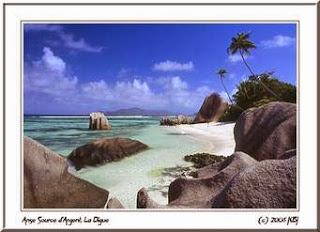

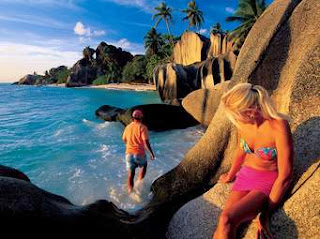

No comments :
Post a Comment